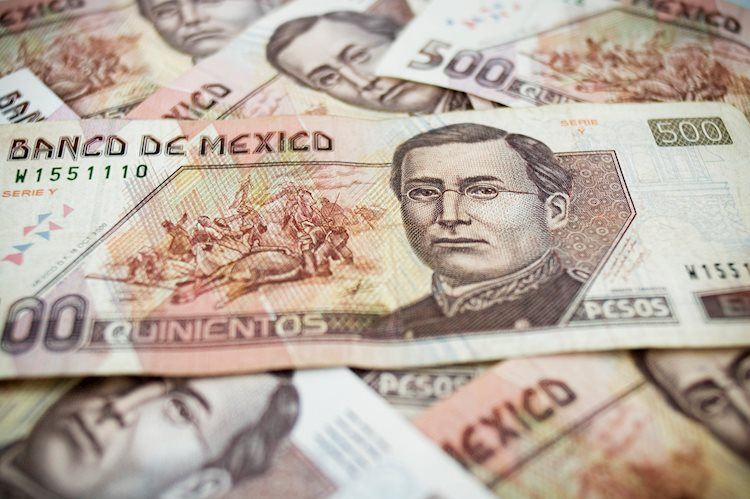The Mexican Peso took a hit on Friday as the US Nonfarm Payrolls report caused volatility in the bond market, leading to uncertainty around Fed rate cut expectations. The USD/MXN rallied above 20.00, gaining 0.73%, before retreating. The mixed US jobs data, with fewer jobs created than expected but an improvement from July figures, caused the Peso to come under pressure as Fed interest rate probabilities fluctuated between 50 and 25 basis points.
Despite the better-than-expected US jobs data, the USD/MXN hit a daily high of 20.09 before retreating as US yields declined, undermining the USD. Meanwhile, political uncertainty in Mexico, particularly around controversial judicial reforms pushed by President AMLO, added to traders’ risk aversion towards the Mexican Peso. The release of the Citibanamex Expectations survey, Bank of Mexico Deputy Governor Jonathan Heath’s speech, and Auto industry data also contributed to the market sentiment.
The Citibanamex survey revealed projections for the Mexican economy’s growth, inflation rates, interest rates, and exchange rates. Forecasts suggest a slight decrease in economic growth for 2024, while inflation rates are expected to remain moderate, with a slight decrease in the following years. With the uncertainty around Fed rate cuts and the political turmoil in Mexico, the USD/MXN exchange rate is expected to end at 19.50 in 2024 and 19.85 in 2025.
Technical analysis shows that the USD/MXN uptrend is likely to continue, with the RSI indicating a bullish momentum. The pair could face resistance levels at 20.22, 20.57, and 20.82 before potentially reaching 21.00. On the downside, support levels are identified at 19.50, 19.02, and the 50-day SMA at 18.65.
The Mexican Peso’s value is influenced by various factors, including the performance of the Mexican economy, central bank policy, foreign investment, and geopolitical trends. The central bank, Banxico, aims to maintain low and stable inflation levels by adjusting interest rates. Strong macroeconomic data and a stable economy are positive for the Peso, attracting foreign investment and potentially leading to higher interest rates. During times of market stability and risk-on sentiment, the Peso tends to strengthen, while market turbulence and uncertainty can weaken the currency.











